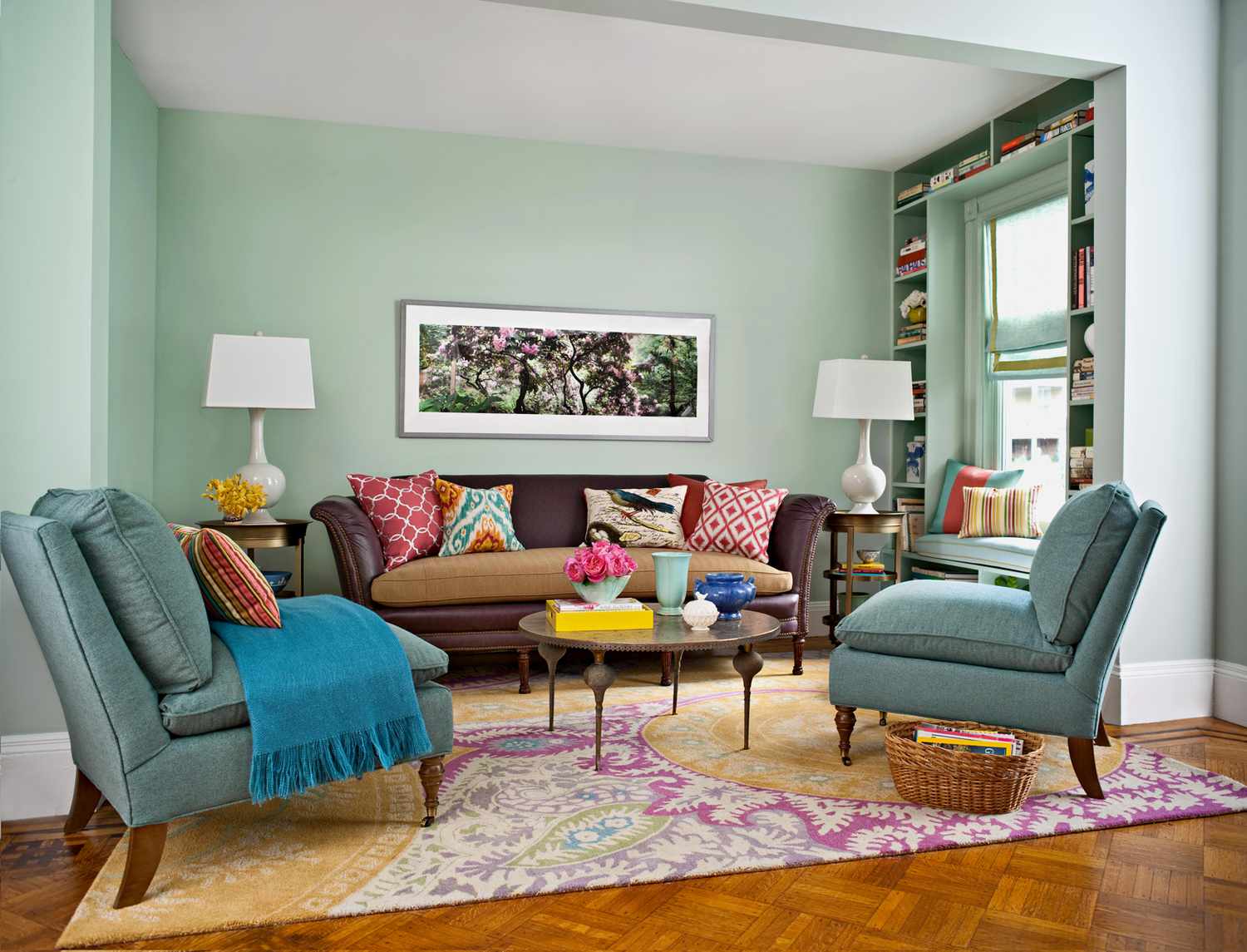Color Psychology: The Best Colors for Your Living Room
The colors we choose to use in our living rooms can have a significant impact on our mood and emotions. Color psychology is the study of how different colors can affect our thoughts, feelings, and behavior. When it comes to designing your living room, it's important to consider the psychological effects of each color and choose the ones that align with the atmosphere you want to create.
10 Best Living Room Paint Colors
Choosing the perfect paint color for your living room can be a daunting task. With so many options available, it's easy to feel overwhelmed. To make your decision easier, we've compiled a list of the top 10 living room paint colors that are sure to elevate your space.
Interior Design Trends: Living Room Colors for 2021
As with any other aspect of interior design, color trends come and go. If you're looking to update your living room, it's essential to stay up-to-date with the latest color trends. In 2021, we're seeing a shift towards warmer, earthier tones, as well as the incorporation of bold, statement colors.
How to Choose the Right Color Palette for Your Living Room
When it comes to choosing a color palette for your living room, there are a few things to keep in mind. First, consider the size and natural lighting of your space. If you have a smaller living room, lighter colors can help make it feel more spacious. If your living room receives a lot of natural light, you can experiment with darker, bolder colors without making the room feel too dark.
Next, think about the overall mood you want to create in your living room. Are you looking for a cozy, inviting atmosphere? Or do you want a more vibrant, energetic space? Different colors can evoke different emotions, so choose ones that align with the mood you want to create.
Lastly, consider the existing elements in your living room, such as furniture and decor. You want your color palette to complement these elements rather than clash with them.
Top 5 Living Room Color Schemes
One of the easiest ways to create a cohesive and visually appealing living room is by using a color scheme. Here are five popular living room color schemes to consider:
1. Neutral Neutrals: Shades of white, beige, and grey create a calm and timeless atmosphere.
2. Monochromatic: Using different shades of one color can create a harmonious and sophisticated look.
3. Earthy Tones: Warm, earthy colors like terracotta, olive, and mustard can add a cozy and natural feel to your living room.
4. Bold and Bright: For those who want to make a statement, using bold and vibrant colors can add energy and personality to your living room.
5. Complementary Colors: Colors that are opposite each other on the color wheel, such as blue and orange or green and red, can create a striking and balanced look.
Living Room Color Ideas: Neutral vs Bold
Neutral colors like white, beige, and grey have long been a popular choice for living rooms as they create a clean and timeless look. However, more and more people are opting for bold and vibrant colors in their living rooms to add personality and make a statement. Both neutral and bold colors have their advantages, so it ultimately comes down to personal preference and the mood you want to create in your living room.
Creating a Cozy Living Room with Warm Colors
Warm colors, such as shades of red, orange, and yellow, can add a cozy and inviting feel to your living room. These colors are known to stimulate feelings of happiness and comfort, making them a great choice for creating a warm and welcoming atmosphere. To incorporate warm colors in your living room, you can use them as an accent color or as the main color in your color scheme.
Using Accent Colors to Elevate Your Living Room Design
Accent colors are a great way to add interest and depth to your living room design. These are typically bold or vibrant colors that are used sparingly throughout the room. You can use accent colors in the form of throw pillows, rugs, curtains, or even a statement piece of furniture. Just be mindful not to overdo it, as too many accent colors can create a chaotic and overwhelming look.
The Psychology of Color in Interior Design
Colors can have a powerful impact on our emotions and behavior, making them a crucial aspect of interior design. Here are a few examples of how different colors can affect our mood:
Blue: This color is known to have a calming effect and can promote feelings of relaxation and peace.
Red: Red is a bold and energetic color that can stimulate excitement and passion.
Yellow: This cheerful color is known to evoke feelings of happiness and optimism.
Green: Green is associated with nature and can create a sense of balance and harmony in a room.
When designing your living room, it's essential to consider the psychological effects of each color and choose ones that align with the atmosphere you want to create.
10 Living Room Color Combinations to Try
Feeling inspired to revamp your living room with a fresh color palette? Here are 10 living room color combinations to try:
1. Navy and Mustard: This bold and sophisticated combination is perfect for creating a chic and modern living room.
2. Sage and Blush: These soft and feminine colors create a calming and elegant living room.
3. Charcoal and Coral: The contrast between these two colors creates a dynamic and eye-catching living room.
4. Beige and Olive: This earthy combination is perfect for those who want a cozy and natural feel in their living room.
5. Lavender and Grey: This dreamy color combination can create a serene and calming living room.
6. Turquoise and Terracotta: The warmth of terracotta and the coolness of turquoise create a unique and inviting living room.
7. Black and White: This classic color combination never goes out of style and can create a sophisticated and timeless living room.
8. Coral and Teal: These vibrant and playful colors can add energy and personality to any living room.
9. Cream and Chocolate: A cozy and elegant combination that is perfect for creating a warm and inviting living room.
10. Grey and Yellow: The contrast between these two colors can create a modern and cheerful living room.
In conclusion, when it comes to choosing the main interior design colors for your living room, it's essential to consider the psychological effects of each color, the latest color trends, and your personal style and preferences. With these factors in mind, you can create a beautiful, inviting, and functional living room that reflects your unique personality. So go ahead and experiment with different colors and color combinations to find the perfect one for your living room.
The Power of Colour in Interior Design for Living Rooms
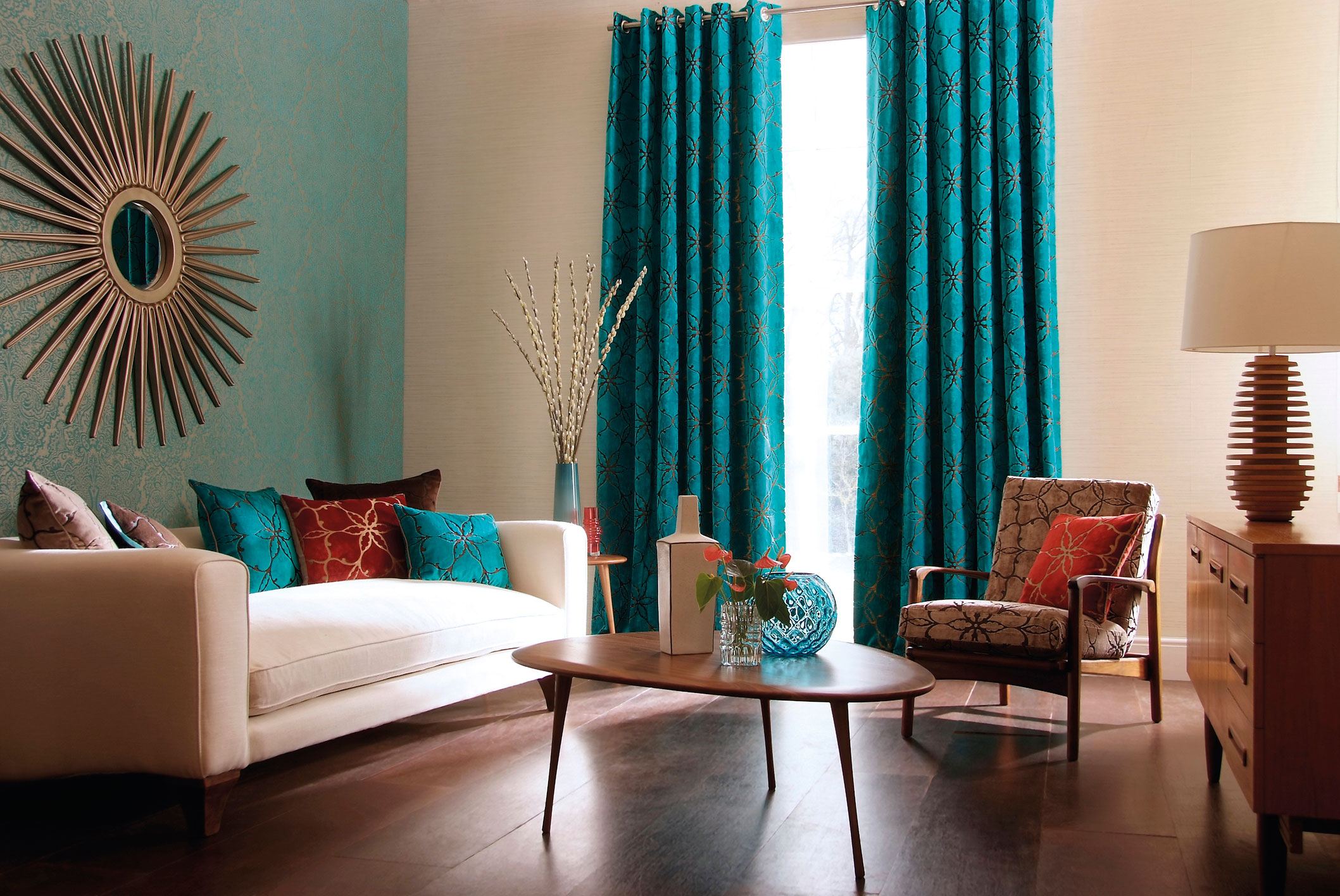
Creating a Vibrant and Welcoming Space
 When it comes to designing a living room,
colour
is a crucial element that can make or break the overall ambience of the space. The right combination of colours can create a
vibrant
and
welcoming
atmosphere, while the wrong ones can leave the room feeling dull and uninspired. As
interior designers
, it is our job to carefully select and incorporate colours that will elevate the
design
of a living room, making it a space that is not only visually appealing but also functional and inviting.
When it comes to designing a living room,
colour
is a crucial element that can make or break the overall ambience of the space. The right combination of colours can create a
vibrant
and
welcoming
atmosphere, while the wrong ones can leave the room feeling dull and uninspired. As
interior designers
, it is our job to carefully select and incorporate colours that will elevate the
design
of a living room, making it a space that is not only visually appealing but also functional and inviting.
The Psychology Behind Colour Selection
 Before diving into specific
colour
choices, it is important to understand the
psychology
behind them.
Colours
have the power to evoke certain emotions and moods, which can greatly impact the overall feel of a room. For example, warm colours like red, orange, and yellow are known to create a sense of energy and warmth, while cooler colours like blue and green can promote a calming and relaxing atmosphere.
Neutral
colours like white, beige, and grey can create a clean and timeless look, while also allowing other
colours
to stand out.
Before diving into specific
colour
choices, it is important to understand the
psychology
behind them.
Colours
have the power to evoke certain emotions and moods, which can greatly impact the overall feel of a room. For example, warm colours like red, orange, and yellow are known to create a sense of energy and warmth, while cooler colours like blue and green can promote a calming and relaxing atmosphere.
Neutral
colours like white, beige, and grey can create a clean and timeless look, while also allowing other
colours
to stand out.
Choosing the Right Colours for Your Living Room
 When selecting
colours
for a living room, it is important to consider the
function
of the space. Is it a place for entertaining guests or a cozy spot for relaxation? This will help determine the
colour
scheme that will best suit the room. For a
vibrant
and
energetic
living room, consider incorporating bold
colours
like red, orange, or yellow as accents throughout the space. For a more
relaxing
atmosphere, opt for cooler
colours
like shades of blue and green.
Neutral
colours can also be used as a base to create a versatile and timeless look, with pops of
colour
added through accessories and artwork.
When selecting
colours
for a living room, it is important to consider the
function
of the space. Is it a place for entertaining guests or a cozy spot for relaxation? This will help determine the
colour
scheme that will best suit the room. For a
vibrant
and
energetic
living room, consider incorporating bold
colours
like red, orange, or yellow as accents throughout the space. For a more
relaxing
atmosphere, opt for cooler
colours
like shades of blue and green.
Neutral
colours can also be used as a base to create a versatile and timeless look, with pops of
colour
added through accessories and artwork.
The Importance of Balance
 While
colour
can add interest and personality to a living room, it is important to maintain a sense of
balance
throughout the space. Too many
colours
can create a chaotic and overwhelming look, while a lack of
colours
can make the room feel bland and uninviting.
Balance
can be achieved by using a complementary
colour
palette, incorporating different
textures
, and using
colours
in varying intensities.
While
colour
can add interest and personality to a living room, it is important to maintain a sense of
balance
throughout the space. Too many
colours
can create a chaotic and overwhelming look, while a lack of
colours
can make the room feel bland and uninviting.
Balance
can be achieved by using a complementary
colour
palette, incorporating different
textures
, and using
colours
in varying intensities.
Conclusion
 Incorporating
colour
into interior design for living rooms is a delicate yet important task. It has the power to create a
vibrant
and
welcoming
space that reflects the personality and
function
of the room. By understanding the
psychology
behind
colour
selection and carefully considering the
balance
of
colours
in the space, you can create a living room that is both visually appealing and functional for your everyday needs.
Incorporating
colour
into interior design for living rooms is a delicate yet important task. It has the power to create a
vibrant
and
welcoming
space that reflects the personality and
function
of the room. By understanding the
psychology
behind
colour
selection and carefully considering the
balance
of
colours
in the space, you can create a living room that is both visually appealing and functional for your everyday needs.



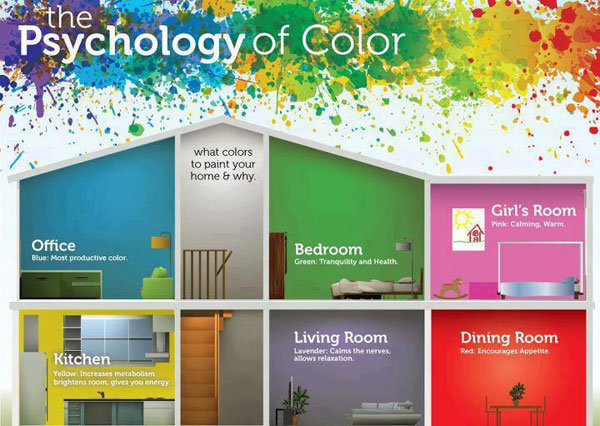
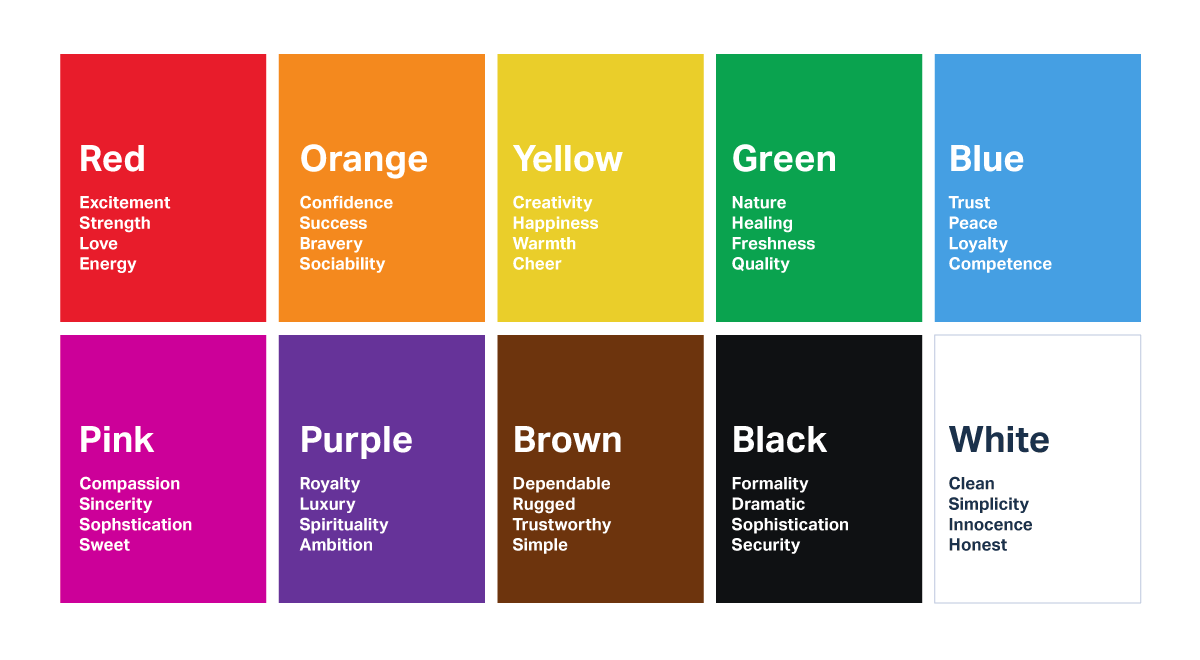



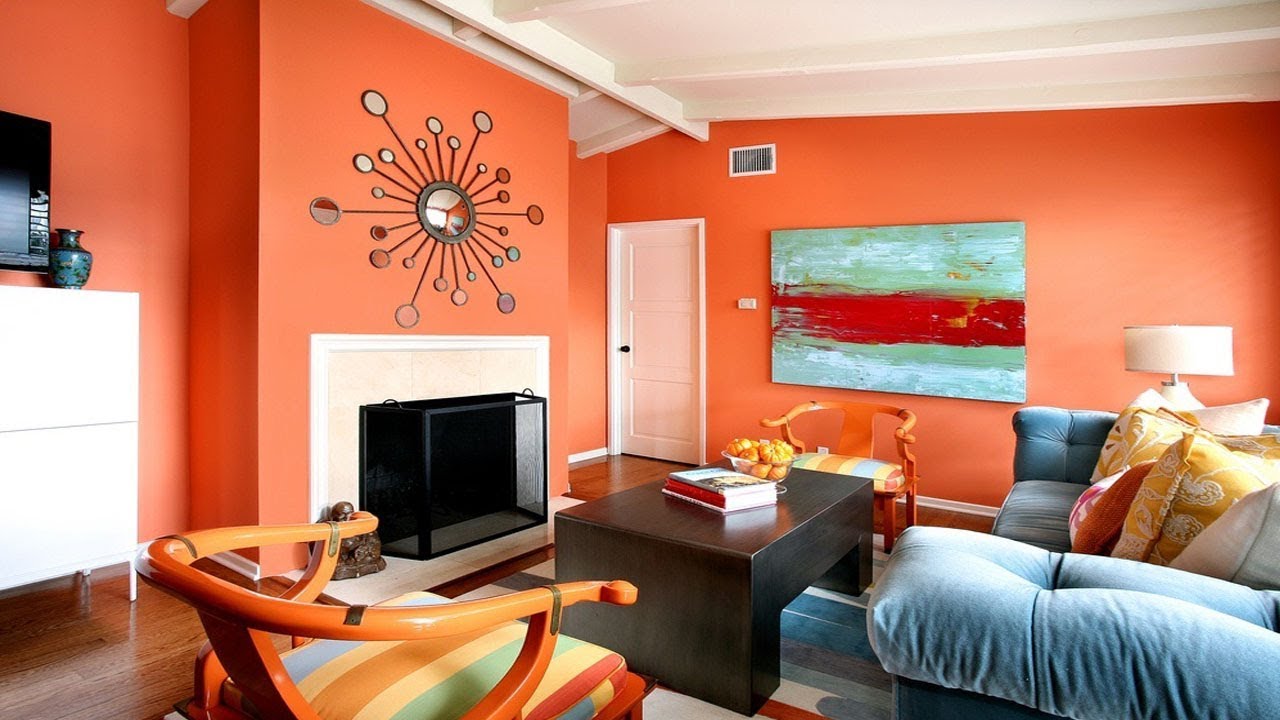







/StraightOn-055_HERO_8BIT_WEB-5c71d4b5c9e77c000149e4ea.jpg)



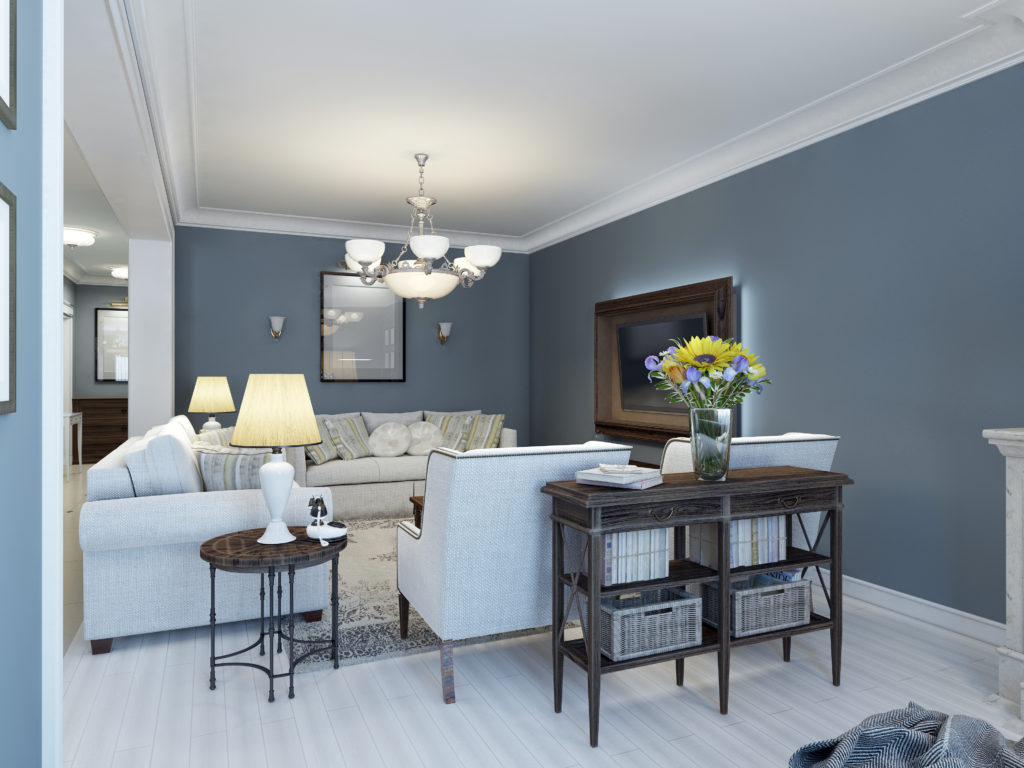











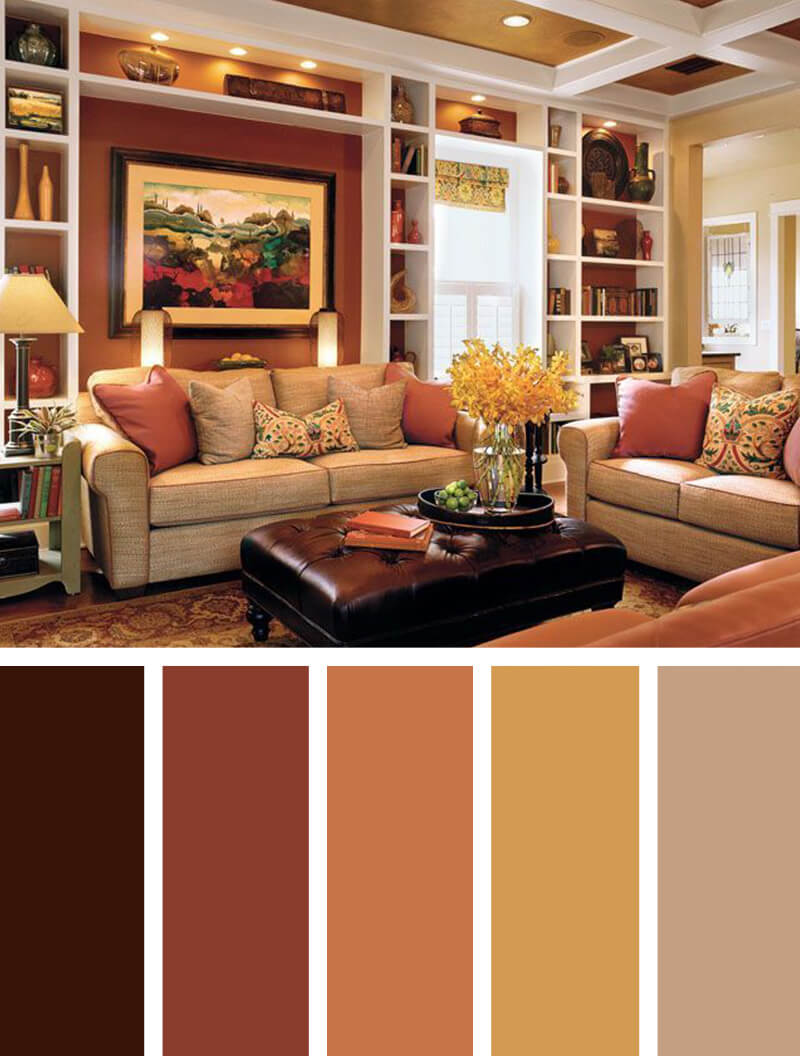


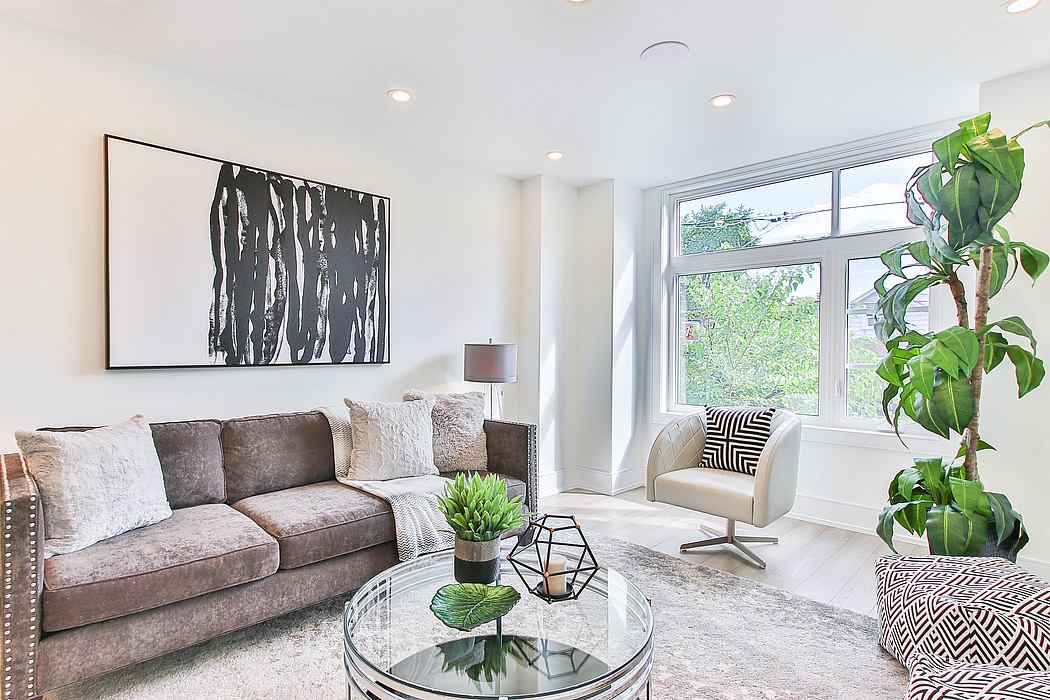
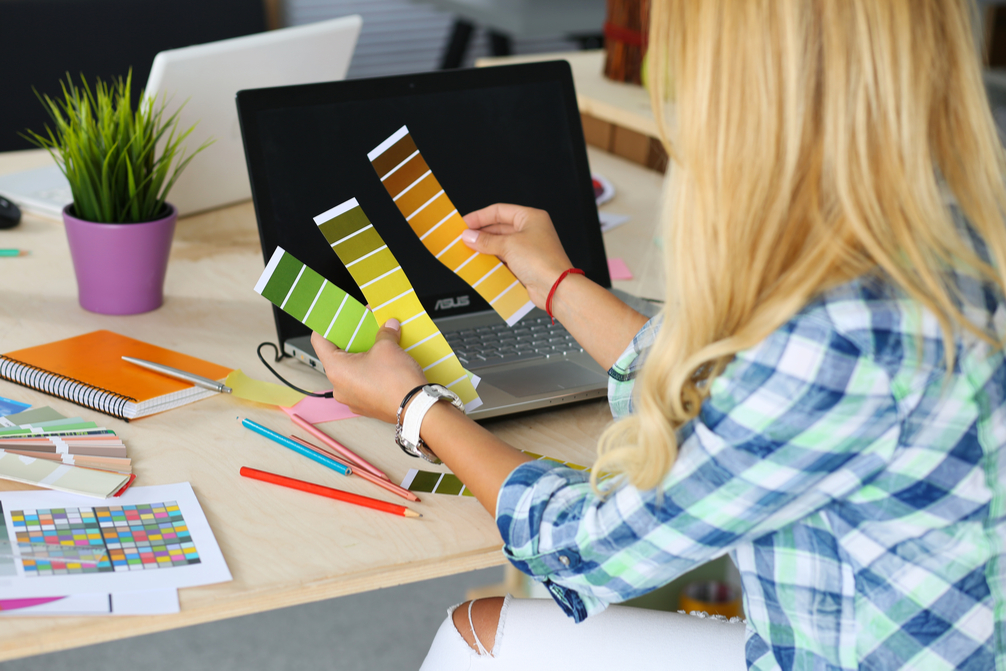


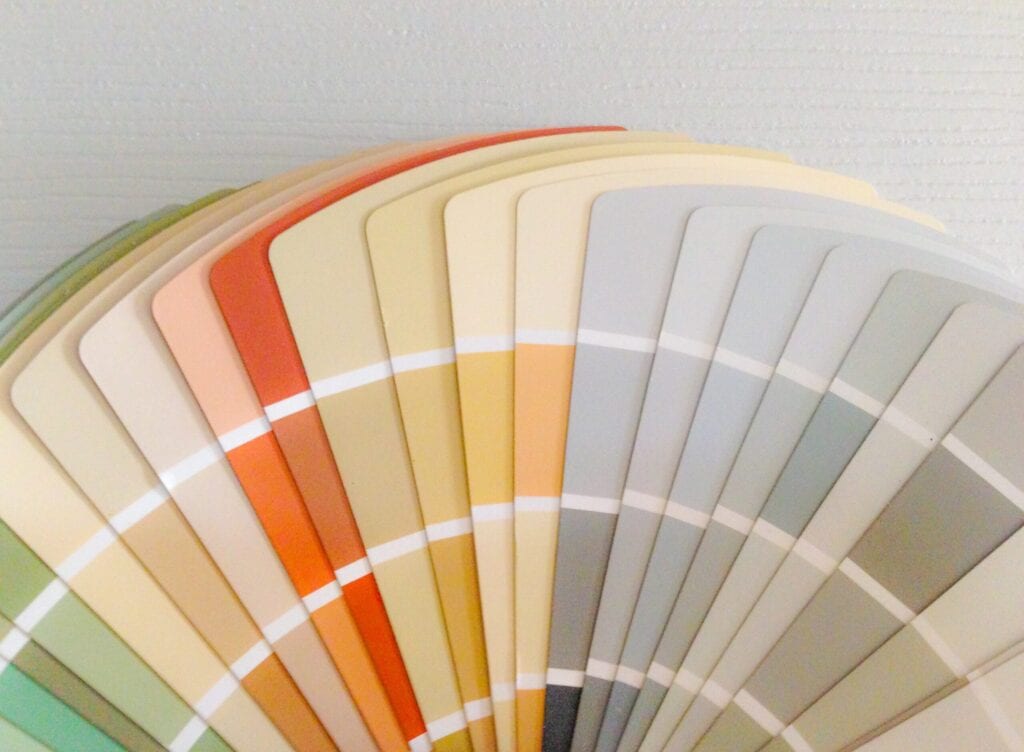
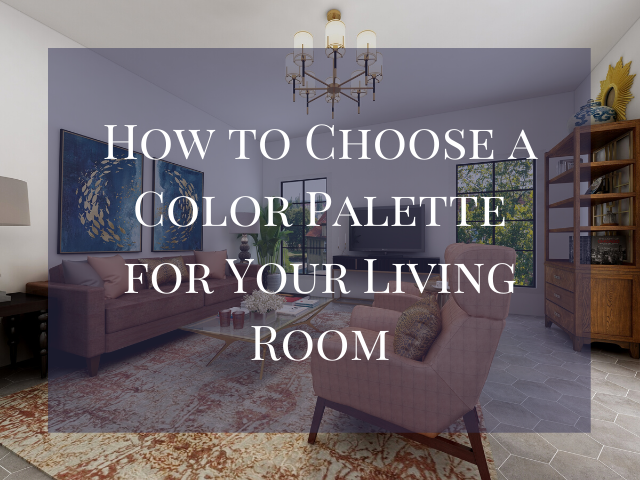









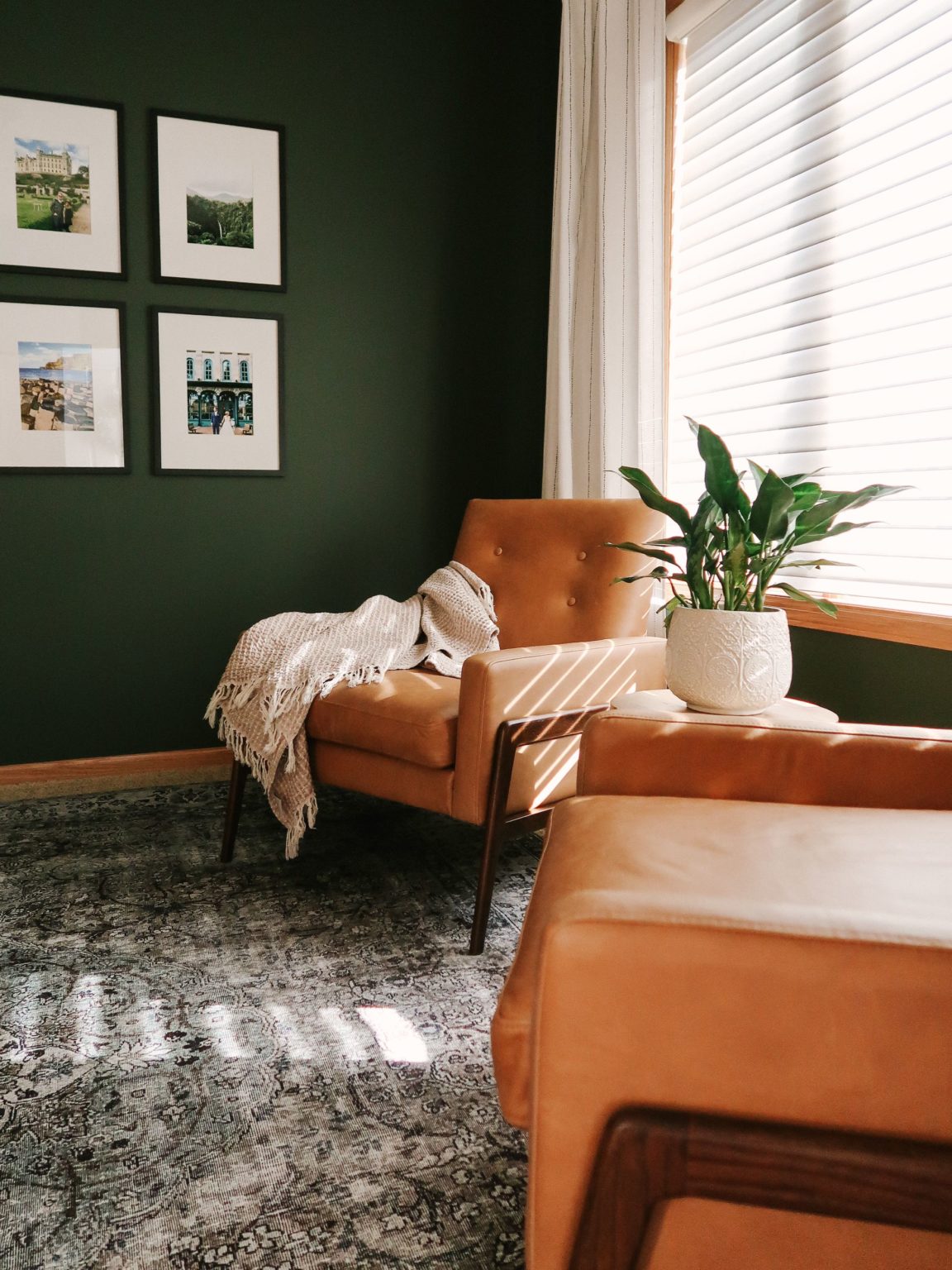

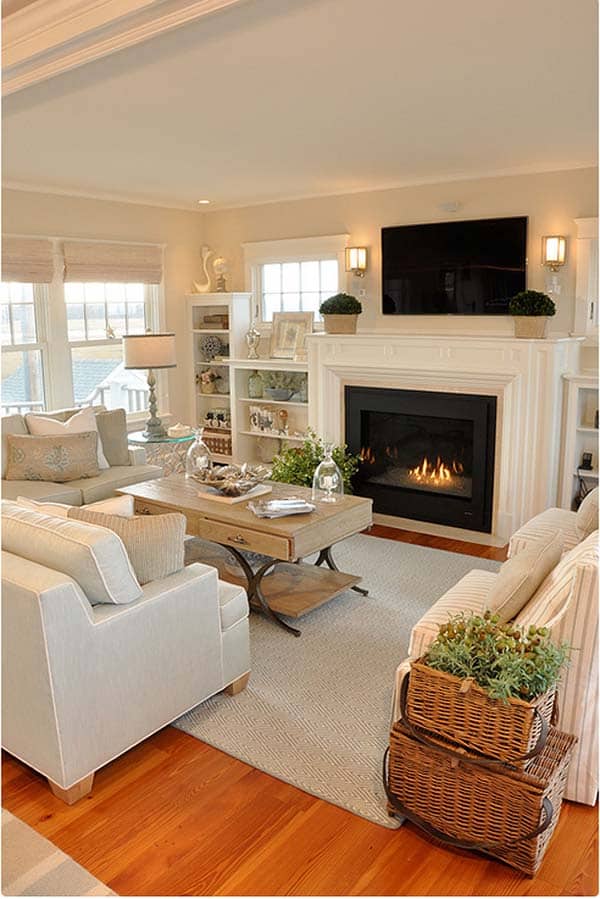

:max_bytes(150000):strip_icc()/neutral-palette-living-room-with-taupes-and-pinks-4ca4d2ec-7f70d16042224907ba331c1824cb8197.jpg)
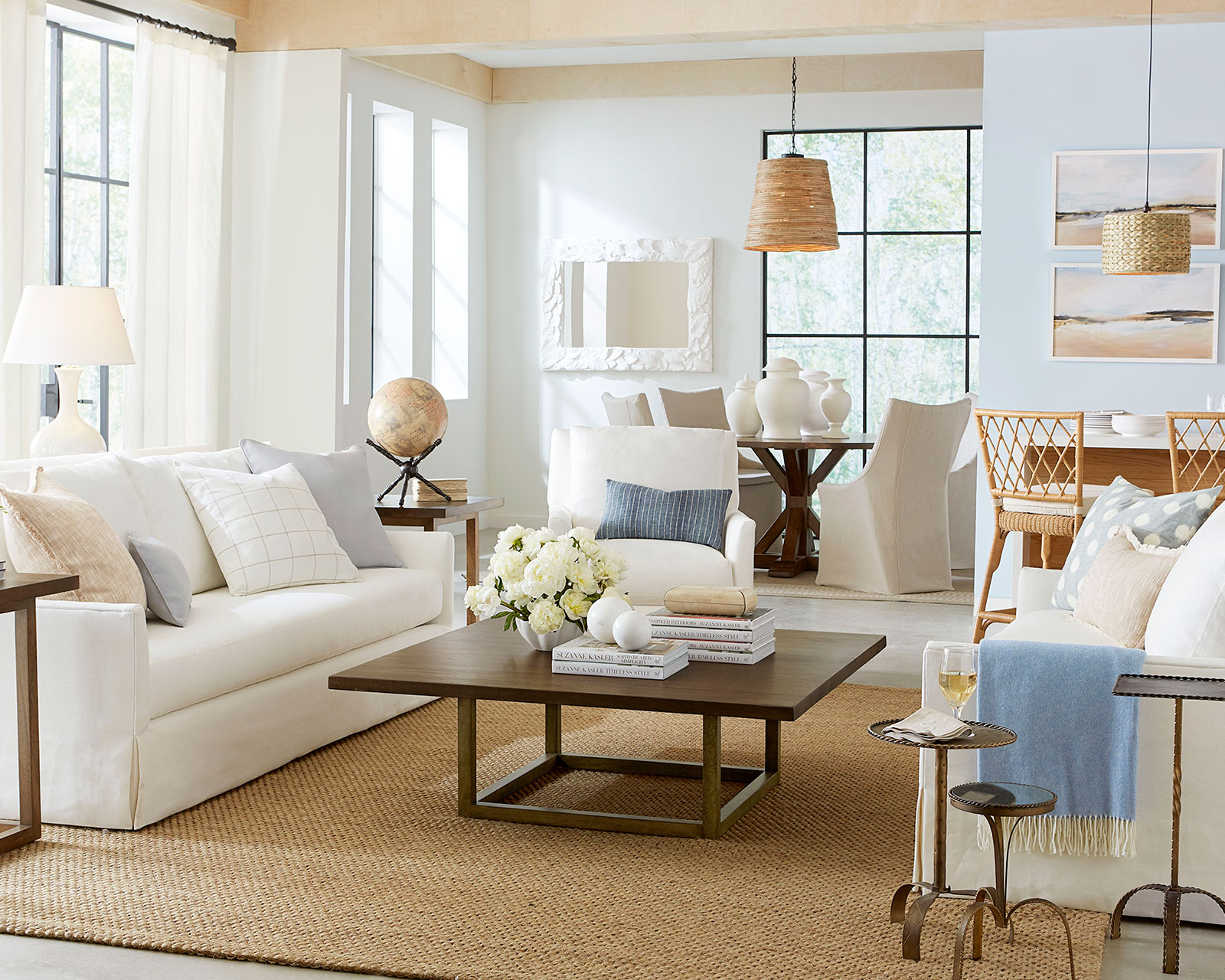
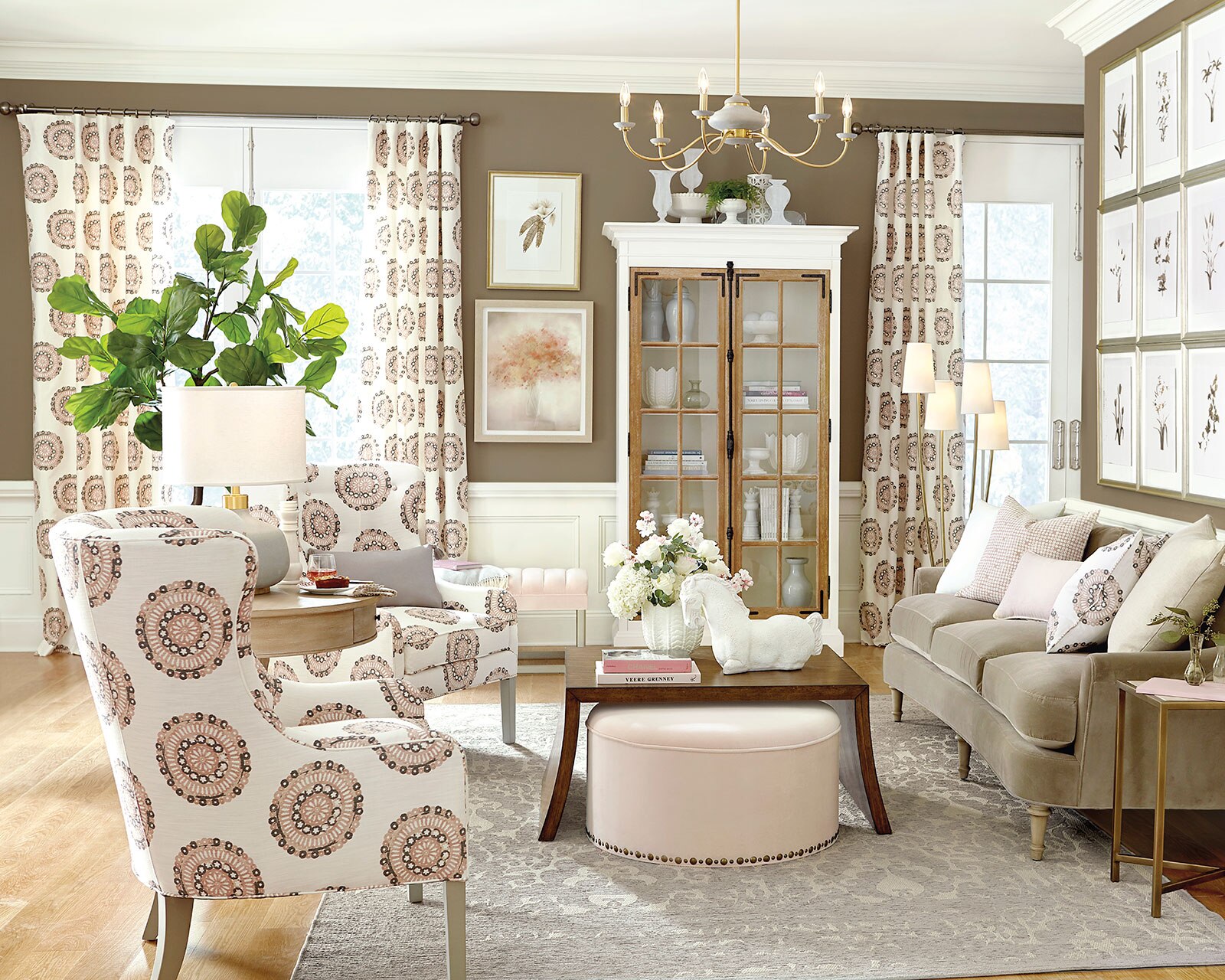

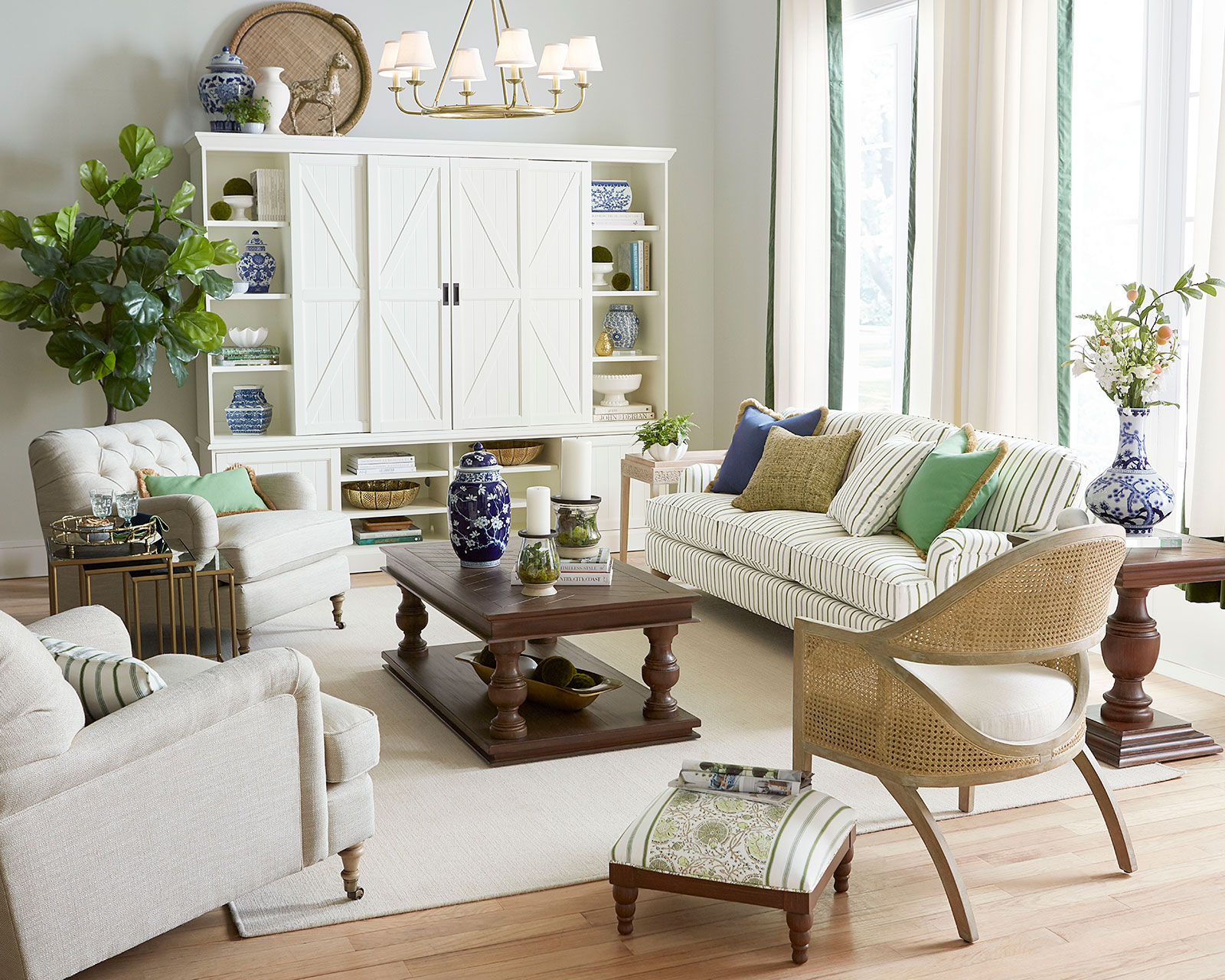

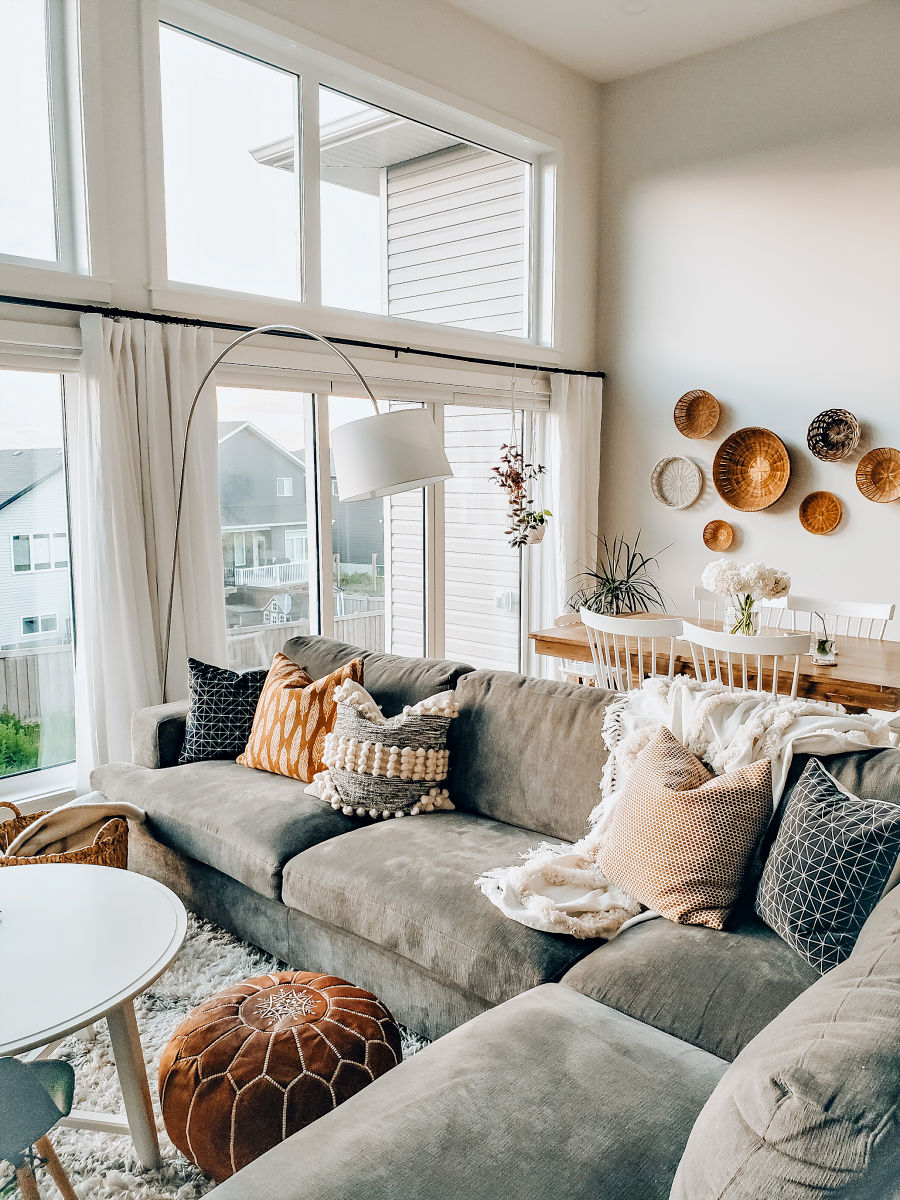



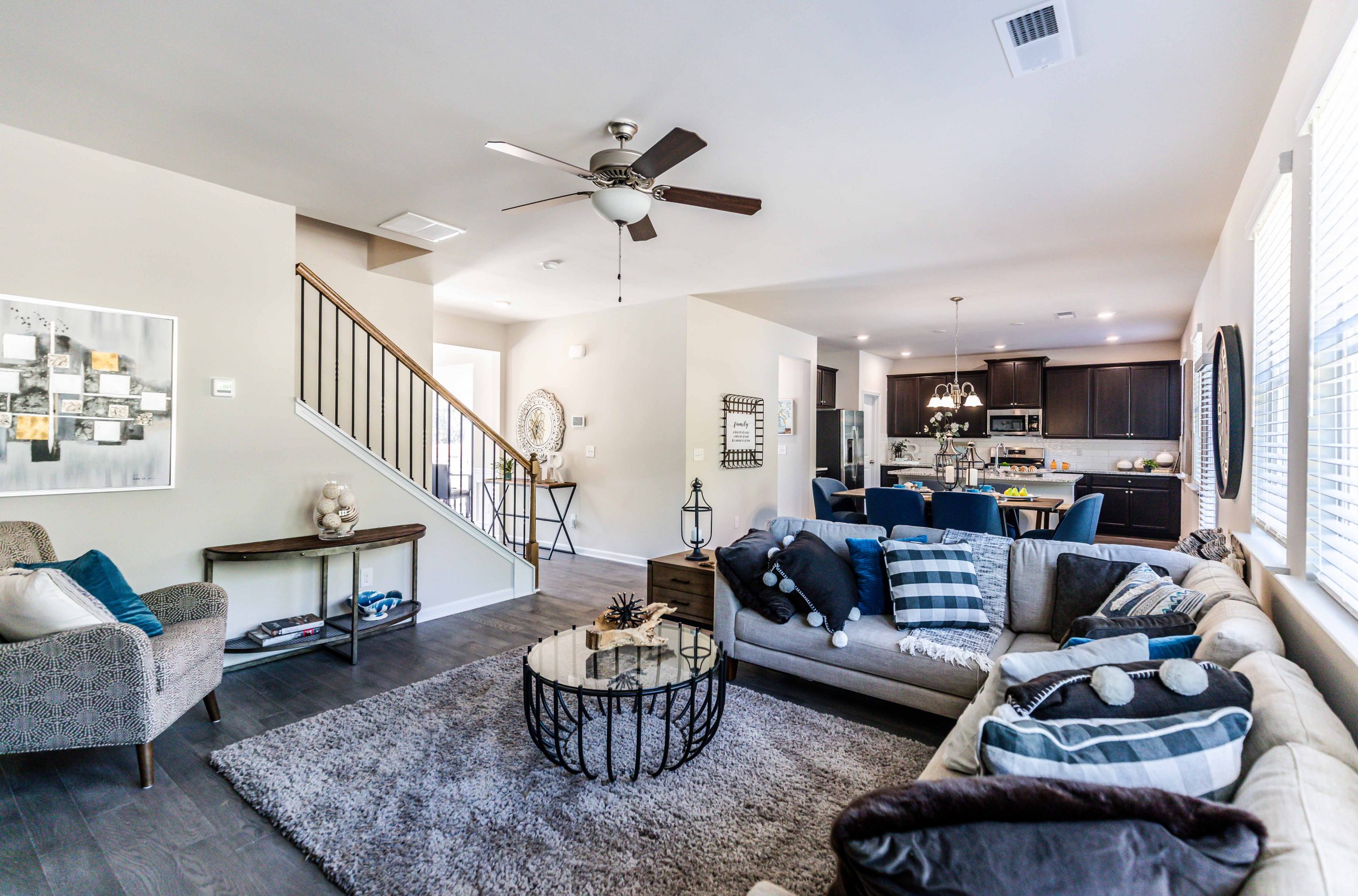

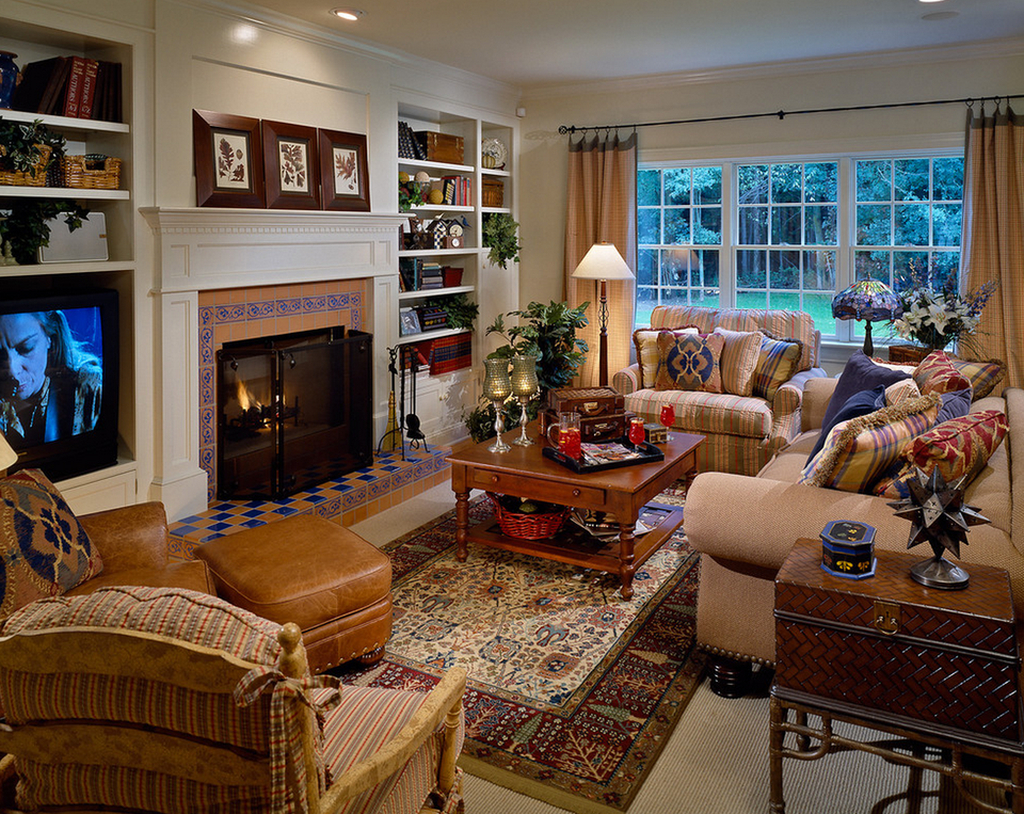
:max_bytes(150000):strip_icc()/orestudios_lonemadrone_05-0294eeaf854c4d8ebf34d13990996973.jpg)
:max_bytes(150000):strip_icc()/Warm-and-cozy-living-room-Amy-Youngblood-589f82173df78c47587b80b6.png)



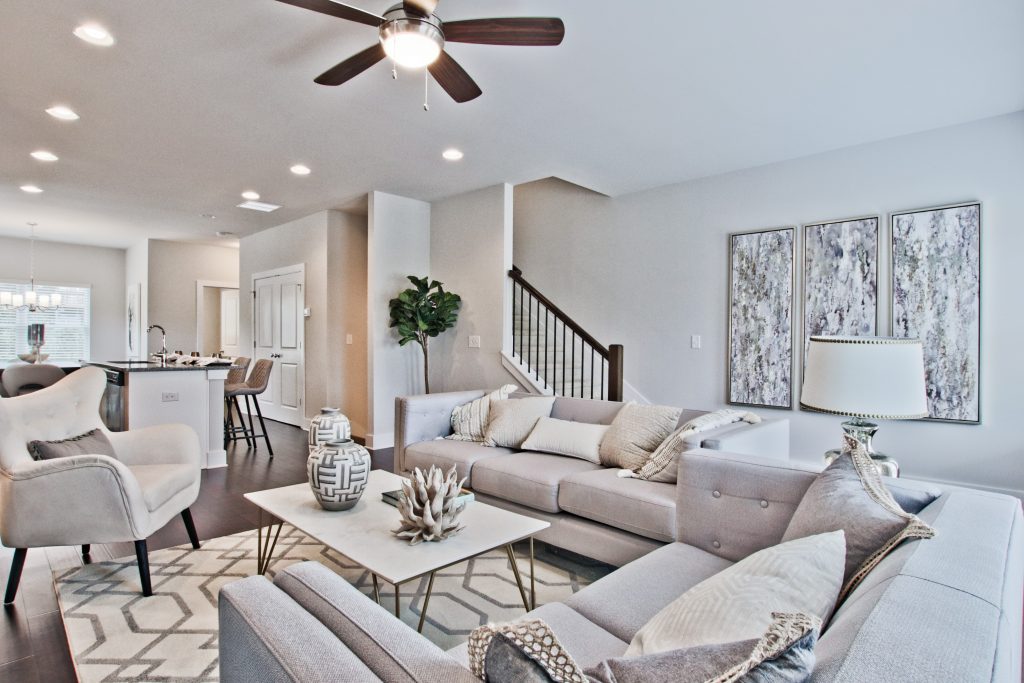













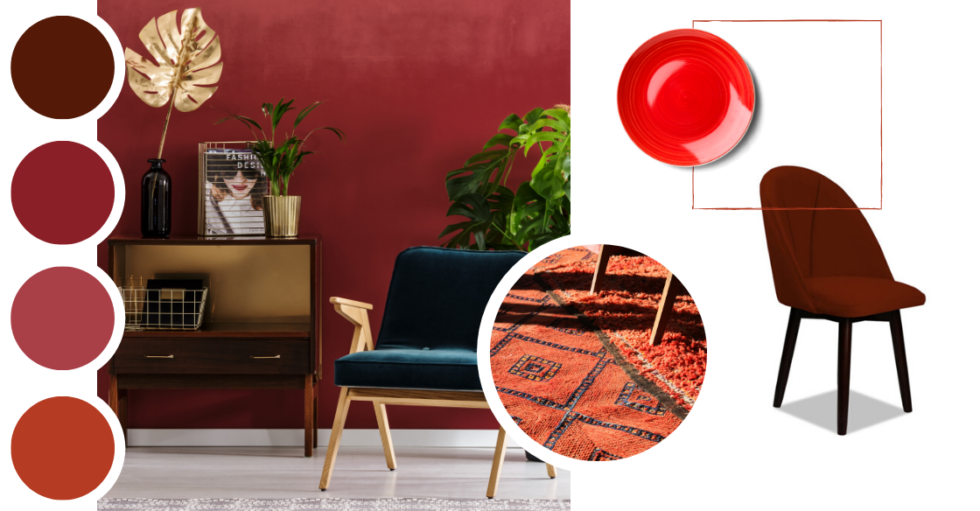

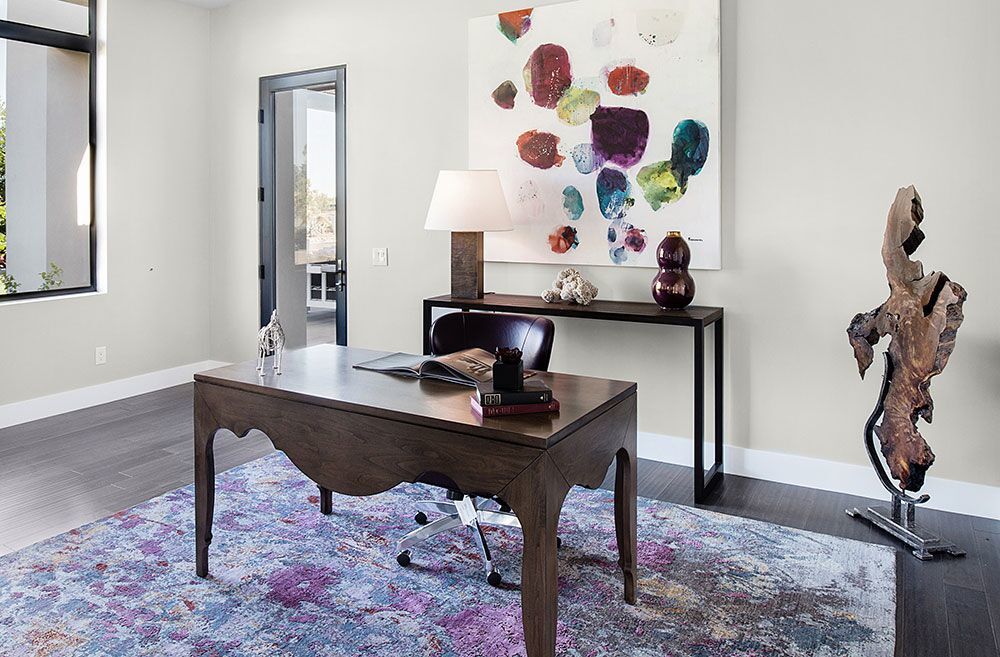

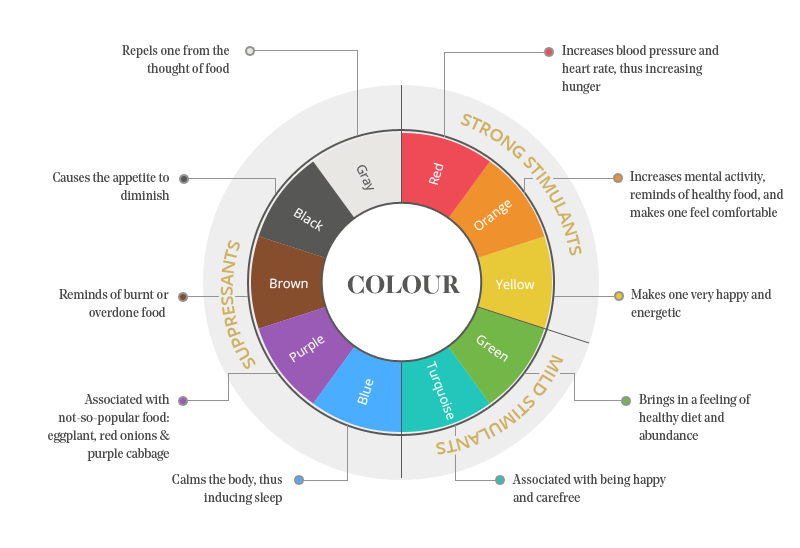
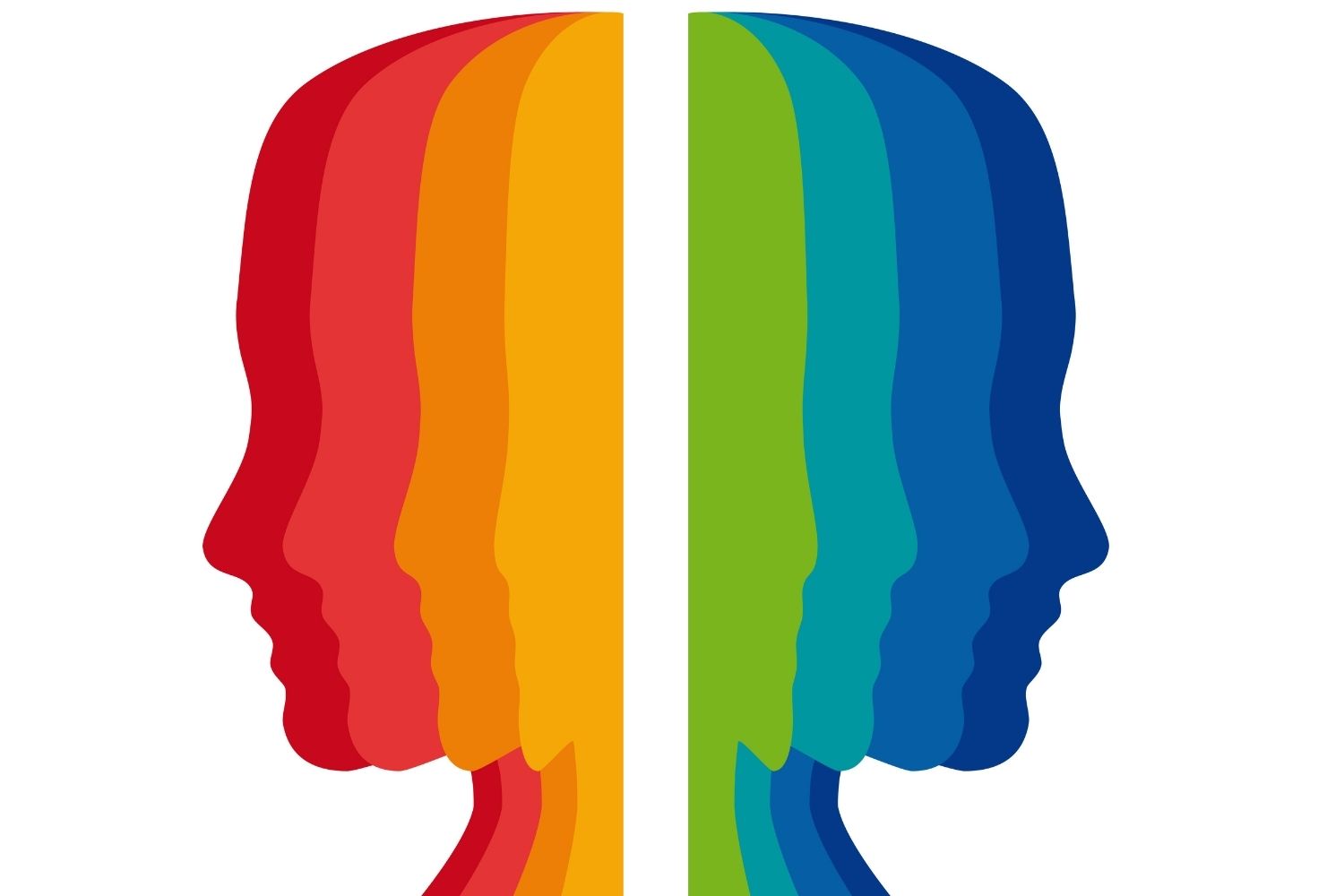


/grey-walls-turquoise-furniture-8005b71f-0f466e27e01c41edac57c4de38d4d8be.jpg)

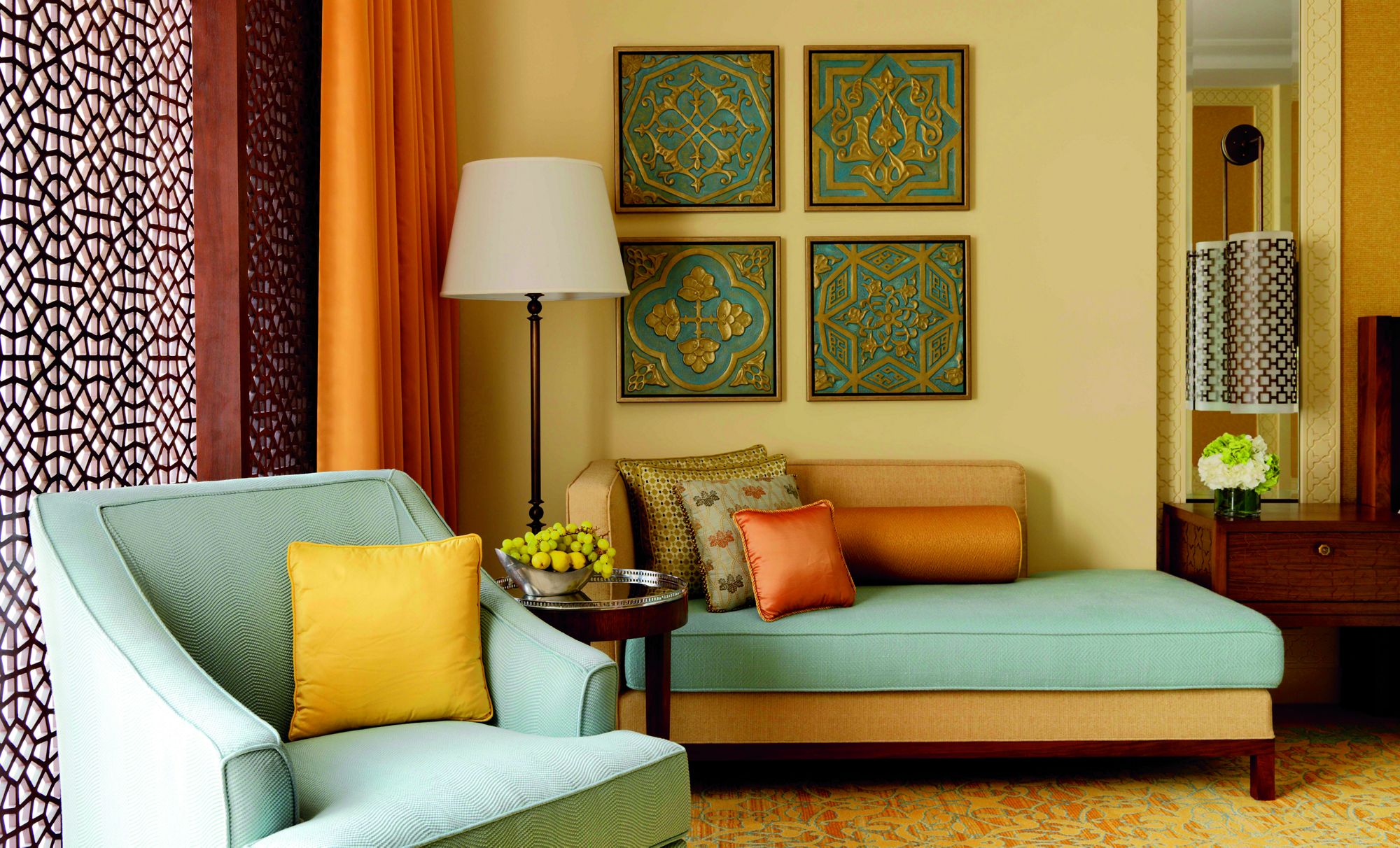
:max_bytes(150000):strip_icc()/beautiful-living-room-interior-with-colorful-area-rug--large-couch--and-abundant-natural-light-1210163723-a6f8f523c80a41b3a1272de88db0cc21.jpg)

:max_bytes(150000):strip_icc()/Litchfield_BeresfordHill_025-5b89787fc9e77c00258aa53c.jpg)
:max_bytes(150000):strip_icc()/living-room-color-scheme-photos-452696-hero-48e8426dd0ab43468b07596d3a039fd1.jpg)
